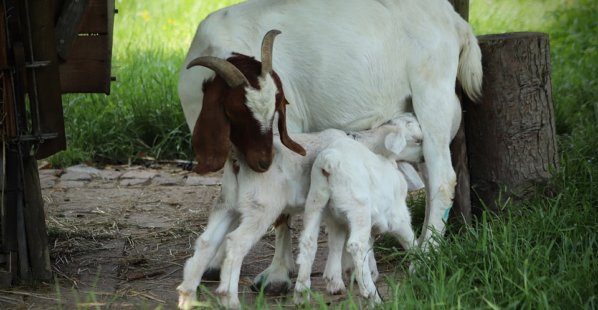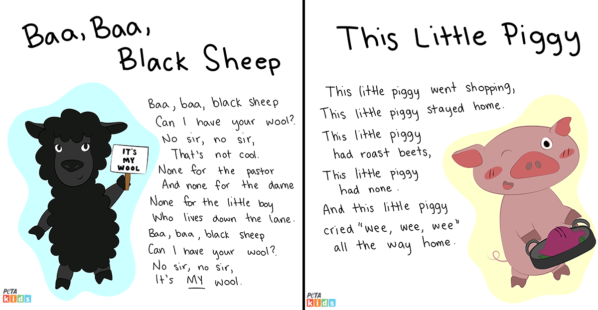What Are Your Word Choices Teaching Your Kids?
As you well know, your children are listening and picking up on things you say—for better or for worse. Trouble can arise when seemingly inconsequential conversations take on a deeper meaning in their minds and influence their view of animals in unintended ways. Since we all want to raise kids who care, here are some things to consider:
Calling Animals ‘It’ vs. ‘Him/Her,’ ‘She/He,’ or ‘They/Them’
A lamp can be referred to as “it” and so can a water bottle. But animals aren’t things—they’re living, breathing, sentient beings (i.e., someone). Referring to animals as “he” or “she” (or “they” if you don’t know the gender) rather than “it” recognizes that they’re individuals, conveying the message that they’re not research tools for us to test our drugs and cosmetics on, consumer products for us to eat or wear, or inanimate objects that we can use for entertainment but rather persons (yes, animals are people, too!) who deserve our consideration.
The reason isn’t because it hurts animals’ feelings when we refer to them as “it”—it’s because the word lessens their worth in our minds. Although no thoughtful person would do this intentionally, it can be a tough habit to break. But once it has become ingrained that “it” is a disrespectful word when referring to a sentient individual, you and your socially conscious youngster will cringe when someone points to your dog and says, “It’s so cute!” or draws attention to a bird and asks, “Is it building a nest?”





Under 13? Ask your parents bee-fore you continue!